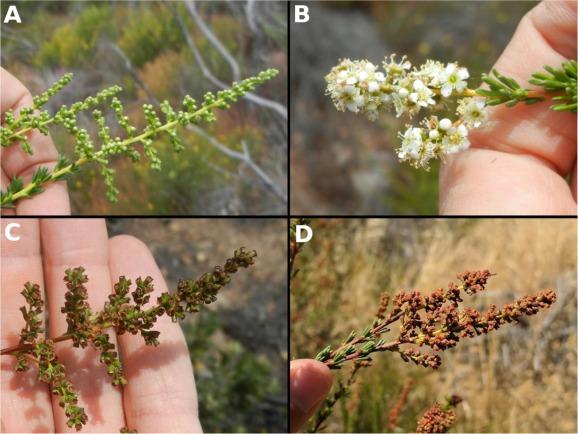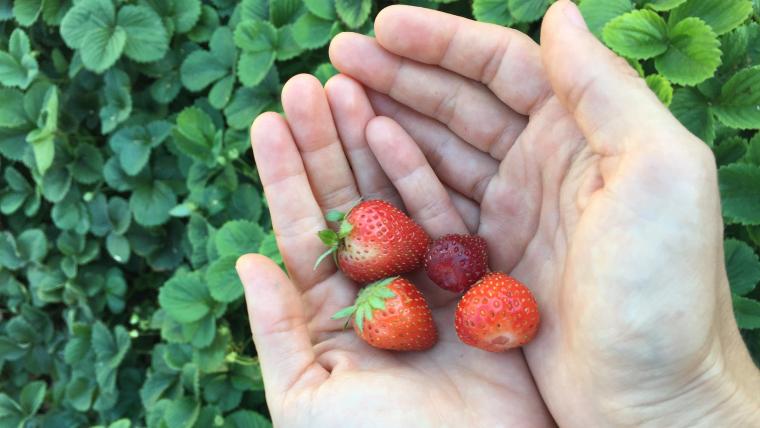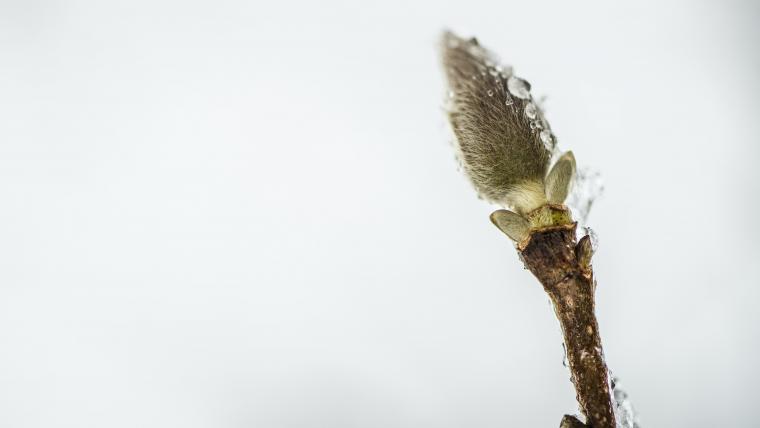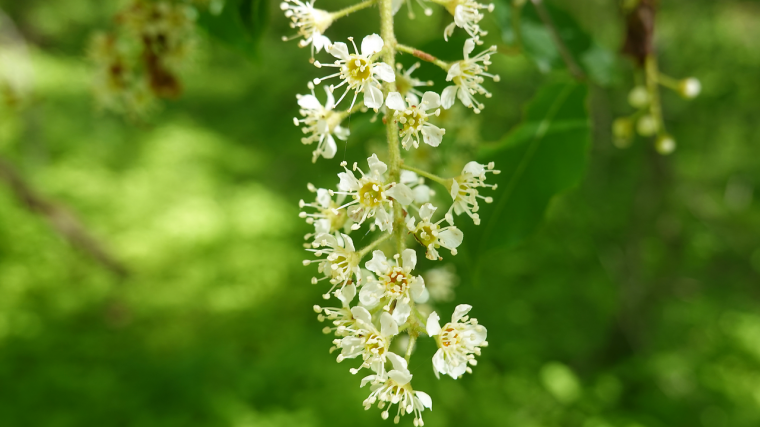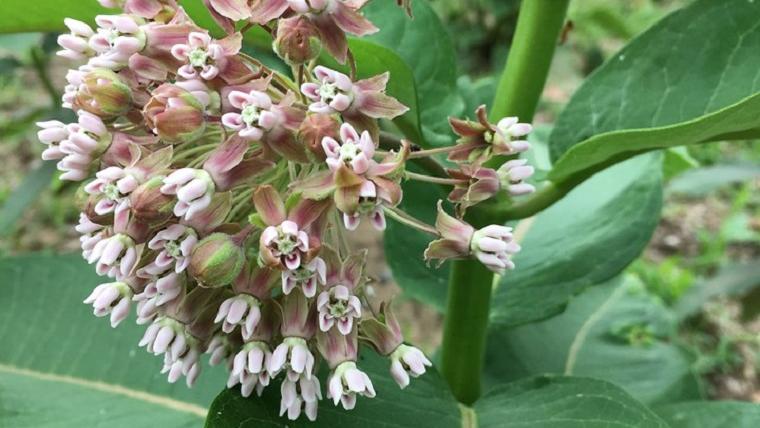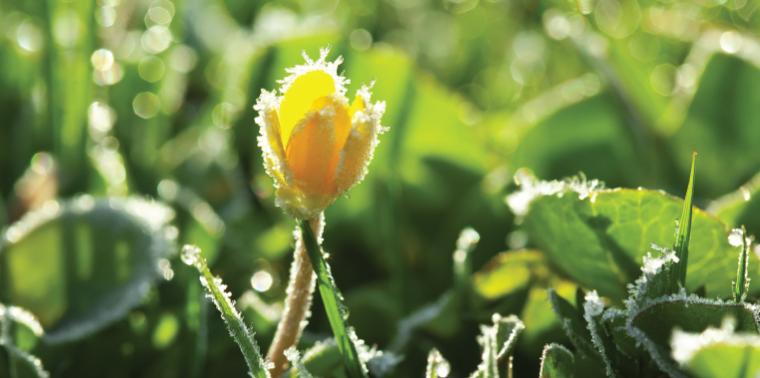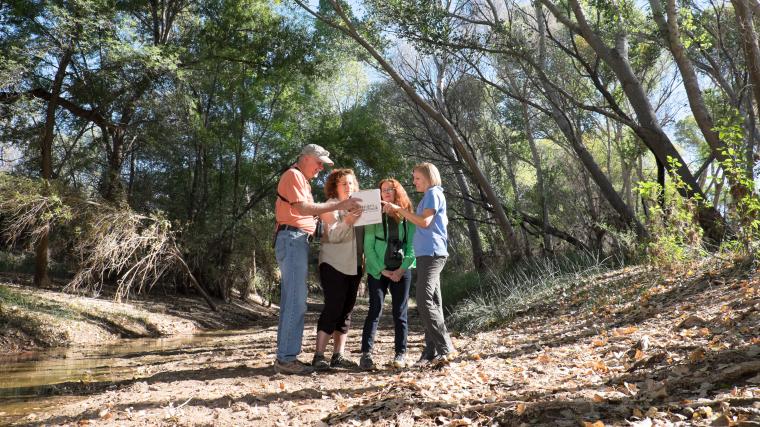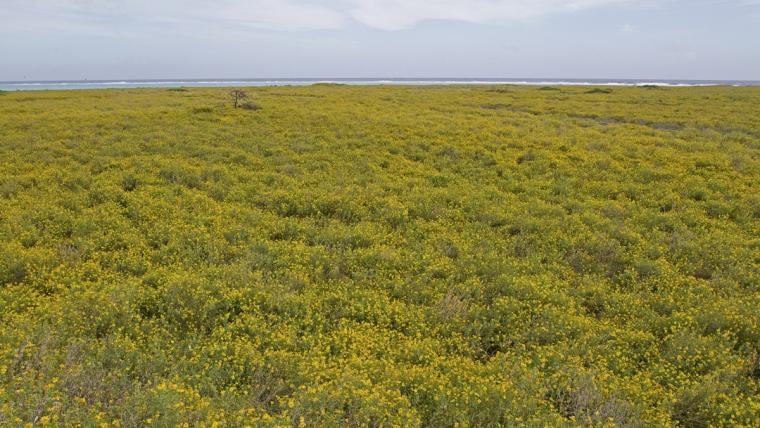
Using phenology to improve invasive plant management
Thu, May 28, 2020
To better target the timing of control of invasive Vebesina enceliodes, a team of staff and volunteers at Midway Atoll National Wildlife Refuge began collecting phenology data to identify how much time they had in between when the plant starts to grow and when it drops its seeds. After a year of data collection with Nature's Notebook, the team determined the number of days they could allow between treatments and adjusted their schedules accordingly. This study demonstrates the potential for data collected by volunteer scientists to inform ecological restoration.
